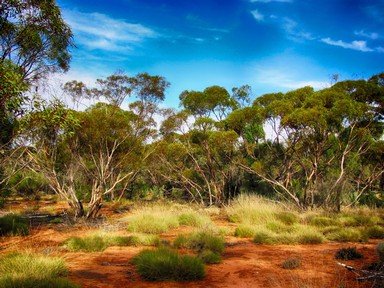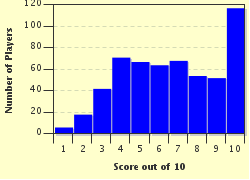Quiz Answer Key and Fun Facts
1. The first bird that swoops down on us is distinguished by the angle of its wings and forked tail. What is the name commonly applied to members of the species 'Milvus migrans', who are a much darker colour than their closest relatives?
2. The name of this member of the parrot family is a reference to the distinctive yellow plumage on their heads. What are these birds who are popular as pets, despite their tendency to destructive behaviour?
3. This is a picture of a pink cockatoo, which is better known by the name of the British explorer/surveyor who first described them in the first half of the 19th century. By what name are they best known?
4. This noisy nocturnal bird has been suggested as being the cause of some legends about the Australian cryptid known as the Bunyip. By what name is 'Ninox connivens' usually known?
5. The Eclectus parrot (of which a female is pictured) is unusual among parrots for which of these gender-based reasons?
6. This bird's common name is a misnomer, suggesting that it is a member of a genus to which it does not belong. Which endemic Australian bird is known for its use of tools?
7. 'Falco berigora' gets its species name from an indigenous name for a bird usually found in arid regions of Australia. Which of these is its more common English-language name?
8. This member of the cockatoo family is named for the unusual shape of its beak. Which of these is the common name for 'Cacatua tenuirostris'?
9. This picture shows the largest bird of prey found in Australia, and a fitting climax to the show. Easily identified in flight even by inexperienced birdwatchers due to a distinctive structural feature, what is it known as?
10. This picture was taken in the caged area, because this species didn't perform on the day of my visit, but it is frequently included in the show. What threatened species of bird was used as the model for Karak, who was the official mascot of the 2006 Commonwealth Games, held in Melbourne?
Source: Author
looney_tunes
This quiz was reviewed by FunTrivia editor
Tizzabelle before going online.
Any errors found in FunTrivia content are routinely corrected through our feedback system.

